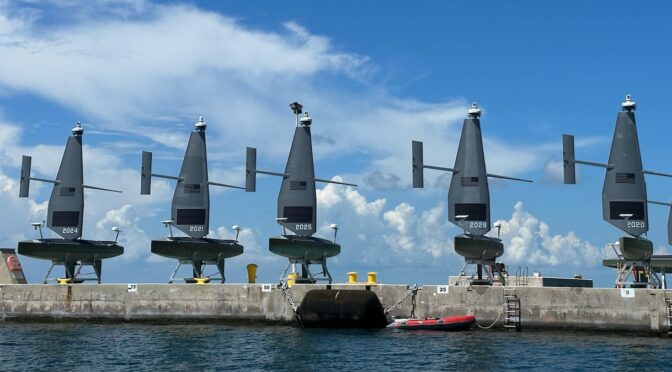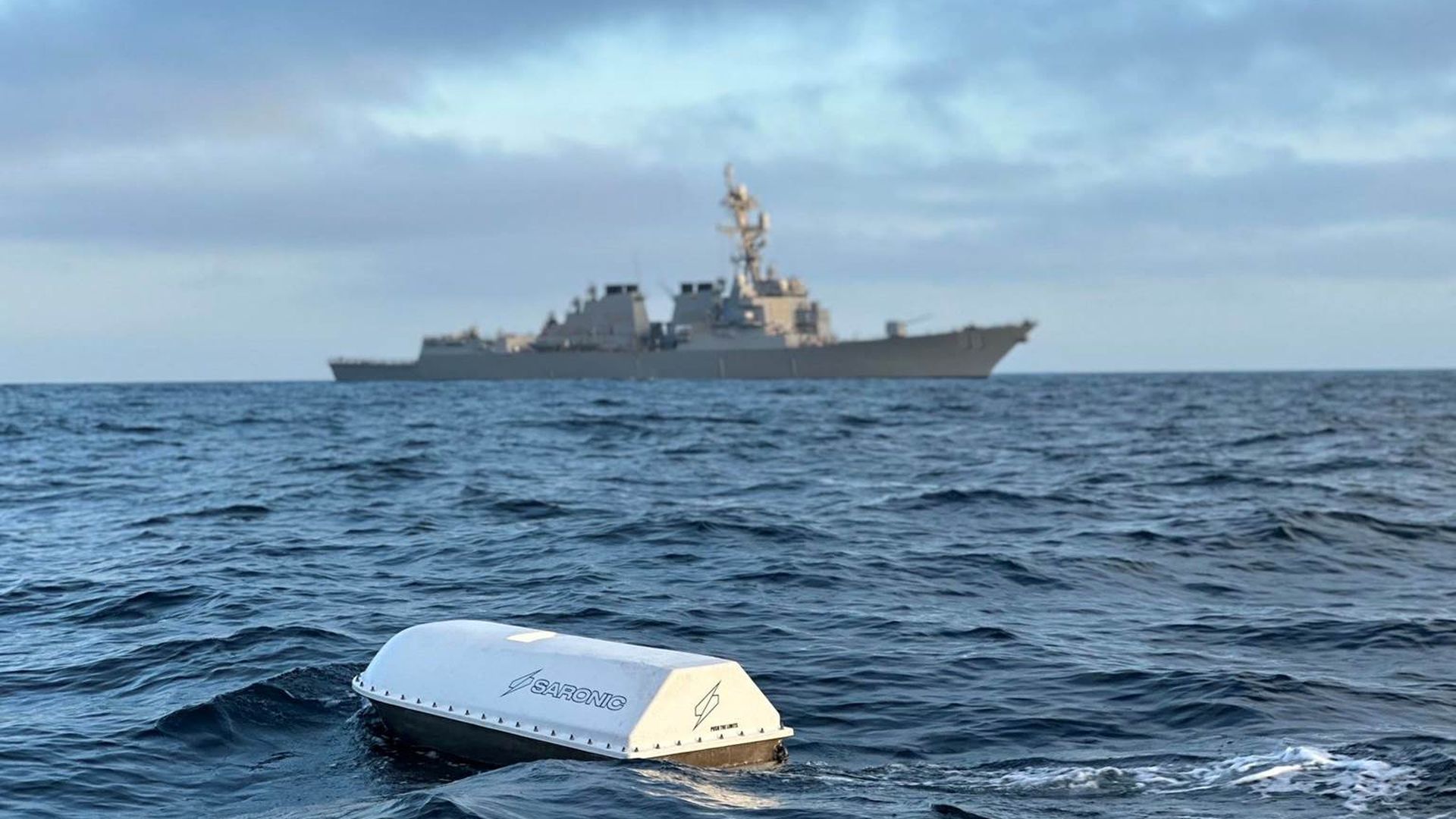Norway, Atlantic Ocean, 2018
Photo Chris Burkard/Gestalten
From The Guardian by by Matt Fidler
Outdoor and surf photographer Chris Burkard
has explored the seven seas capturing their diversity and wild beauty.
His arresting work from the colder northern regions to the tropics shows the world’s ocean as a source of inspiration that needs our respect and care
You may well be familiar with the work of photographer Chris Burkard, one of the most followed photographers on Instagram, where he shares his vision of wild places with 4 million followers.
His work, which has also been published in several books, is a journey of exploration of the seven seas, from otherworldly seascapes to coastal wildernesses to surfing in the frozen north Atlantic to the tranquil tropics, illustrating the diversity but also the fragility of the global ocean.
His arresting work from the colder northern regions to the tropics shows the world’s ocean as a source of inspiration that needs our respect and care
You may well be familiar with the work of photographer Chris Burkard, one of the most followed photographers on Instagram, where he shares his vision of wild places with 4 million followers.
His work, which has also been published in several books, is a journey of exploration of the seven seas, from otherworldly seascapes to coastal wildernesses to surfing in the frozen north Atlantic to the tranquil tropics, illustrating the diversity but also the fragility of the global ocean.
Cuba, Caribbean, 2013
Growing up just steps from the Pacific Ocean in the central California town of Pismo Beach, Burkard grew attached to the sea at an early age through surfing.
After first planning to be a mechanic, he discovered photography, interned at TransWorld Surf magazine and eventually found permanent work at the surf content and forecasting website Surfline.
A self-taught photographer, he went on to build a career through his travel and adventure work, publishing several books, winning many awards, appearing on podcasts and lecturing regularly; a Ted Talk of his on the joy of cold water surfing has more than 2m views.
Indian Ocean, India, 2017
After experiencing western Canada’s coast, he began to looking for locations and stories away from more well-worn surfer trails.
“Surfline marked the beginning of a frantic few years of adding new stamps to my passport, travelling from Costa Rica to Kiribati, from Mexico to the Mentawai Islands,” he says.
“But it wasn’t until I traveled to Tofino and Haida Gwaii, islands in western Canada, that I really understood the saying ‘never turn your back on the ocean’.
My camera became my passport, and I invested everything in it
“It was the first time I really experienced a truly raw ocean, a different body of water than the calmer Pacific that I was used to.
It was colder, shaped more by the tides – meaner, more aggressive.
Going there made me realise I wanted to push the boundaries of what was possible.
I found that the more risks I took – not just in life but also creatively – the stories I was telling with my camera started to take on a greater depth, became more immersive and emotional.
“I fell in love with the desolate beauty of remote places – untamed, harsh environments where mountains meet the sea.
Places like Alaska, the Faroes, the Aleutians, the far east of Russia, Chile, Iceland, and Norway, where there is a sheer drop from steep granite mountains to icy ocean.”
“Surfline marked the beginning of a frantic few years of adding new stamps to my passport, travelling from Costa Rica to Kiribati, from Mexico to the Mentawai Islands,” he says.
“But it wasn’t until I traveled to Tofino and Haida Gwaii, islands in western Canada, that I really understood the saying ‘never turn your back on the ocean’.
My camera became my passport, and I invested everything in it
“It was the first time I really experienced a truly raw ocean, a different body of water than the calmer Pacific that I was used to.
It was colder, shaped more by the tides – meaner, more aggressive.
Going there made me realise I wanted to push the boundaries of what was possible.
I found that the more risks I took – not just in life but also creatively – the stories I was telling with my camera started to take on a greater depth, became more immersive and emotional.
“I fell in love with the desolate beauty of remote places – untamed, harsh environments where mountains meet the sea.
Places like Alaska, the Faroes, the Aleutians, the far east of Russia, Chile, Iceland, and Norway, where there is a sheer drop from steep granite mountains to icy ocean.”
Iceland, Atlantic, 2013.
With his latest book of photography, Burkard wanted to produce something more comprehensive than previous collections.
“Some of the work I perhaps wasn’t known for – it’s rewarding for it to come out – and I’ve been excited to have a way to articulate my point of view not only for ocean and beaches, but to look at communities, food and what makes them interesting.
The ocean was my first canvas thats what drew me inChris Burkard
“As I have gotten older, my goals have shifted.
Early on in my career, I wanted to get a photograph on the cover of Surfer magazine.
Then it was chasing this or that award.
Nowadays my practice is more about how I can uplift people who need their stories told, and advocate for some of the places that have fed my soul.”
Much of his photography has a sense of a carefully planned setting, but also has a spontaneity that clearly requires patience and preparation.
“The ocean is a great teacher,” he says.
“Unlike other action sports, when shooting surfing specifically there is an element of waiting and patience.
You have to go when a storm is hitting, and that obviously only provides a limited window of opportunity.
Every time it’s different, and you have to capitalise on it and be grateful for what you get.”
“The ocean is a great teacher,” he says.
“Unlike other action sports, when shooting surfing specifically there is an element of waiting and patience.
You have to go when a storm is hitting, and that obviously only provides a limited window of opportunity.
Every time it’s different, and you have to capitalise on it and be grateful for what you get.”
Burkard is colour-blind, and though he often struggles to match his outfits this has perhaps contributed to a unique approach to photography.
“I’ve never looked to capture complementary colours in my images; instead, I’ve always looked for contrast.
On that trip I was searching for striking, starkly different colour schemes that play off of one another, ones that emphasise the difference between light and dark.
I can’t really say, but I sometimes wonder if being colour-blind has allowed me to home in on capturing this contrast a little more than I would have been able to otherwise.”
“I’ve never looked to capture complementary colours in my images; instead, I’ve always looked for contrast.
On that trip I was searching for striking, starkly different colour schemes that play off of one another, ones that emphasise the difference between light and dark.
I can’t really say, but I sometimes wonder if being colour-blind has allowed me to home in on capturing this contrast a little more than I would have been able to otherwise.”
Iceland, 2011, Atlantic
Burkard is very transparent with his audience on social media, detailing the logistics of a shoot or journey, or sharing some detail of the story behind the photograph.
“I don’t believe Instagram has made my career but it has given me more access to the story – the readers, the communities – and when you are given that, you take advantage.”
“I don’t believe Instagram has made my career but it has given me more access to the story – the readers, the communities – and when you are given that, you take advantage.”
Winter surfing, Norway, Atlantic, 2014
He keeps returning to the cold-water surf destinations, an obsession that began with a trip to Iceland.
“A lot of the people I’ve met aren’t surfers.
If you’re in a small village in the Faroe Islands, people might be shocked you’re even in the water at all, because it’s only in the last five to 10 years that people have taken to the ocean for recreational purposes.
In these cold locales, anyone can tell you a story of an uncle or father or brother or friend who has died at sea.
Many of these communities are riddled with similar sad tales.
So it can also be very empowering when people come out and see you surfing and tell you that they had never imagined that this would be possible – that they had never connected the harsh reality of the ocean with the possibility of fun.”
If you’re in a small village in the Faroe Islands, people might be shocked you’re even in the water at all, because it’s only in the last five to 10 years that people have taken to the ocean for recreational purposes.
In these cold locales, anyone can tell you a story of an uncle or father or brother or friend who has died at sea.
Many of these communities are riddled with similar sad tales.
So it can also be very empowering when people come out and see you surfing and tell you that they had never imagined that this would be possible – that they had never connected the harsh reality of the ocean with the possibility of fun.”
I try to create a sense of timelessness, so that when you see a picture of mine, it feels accessible
Burkard
Links :
- The Oceans: The Maritime Photography of Chris Burkard (Gestalten, £55)
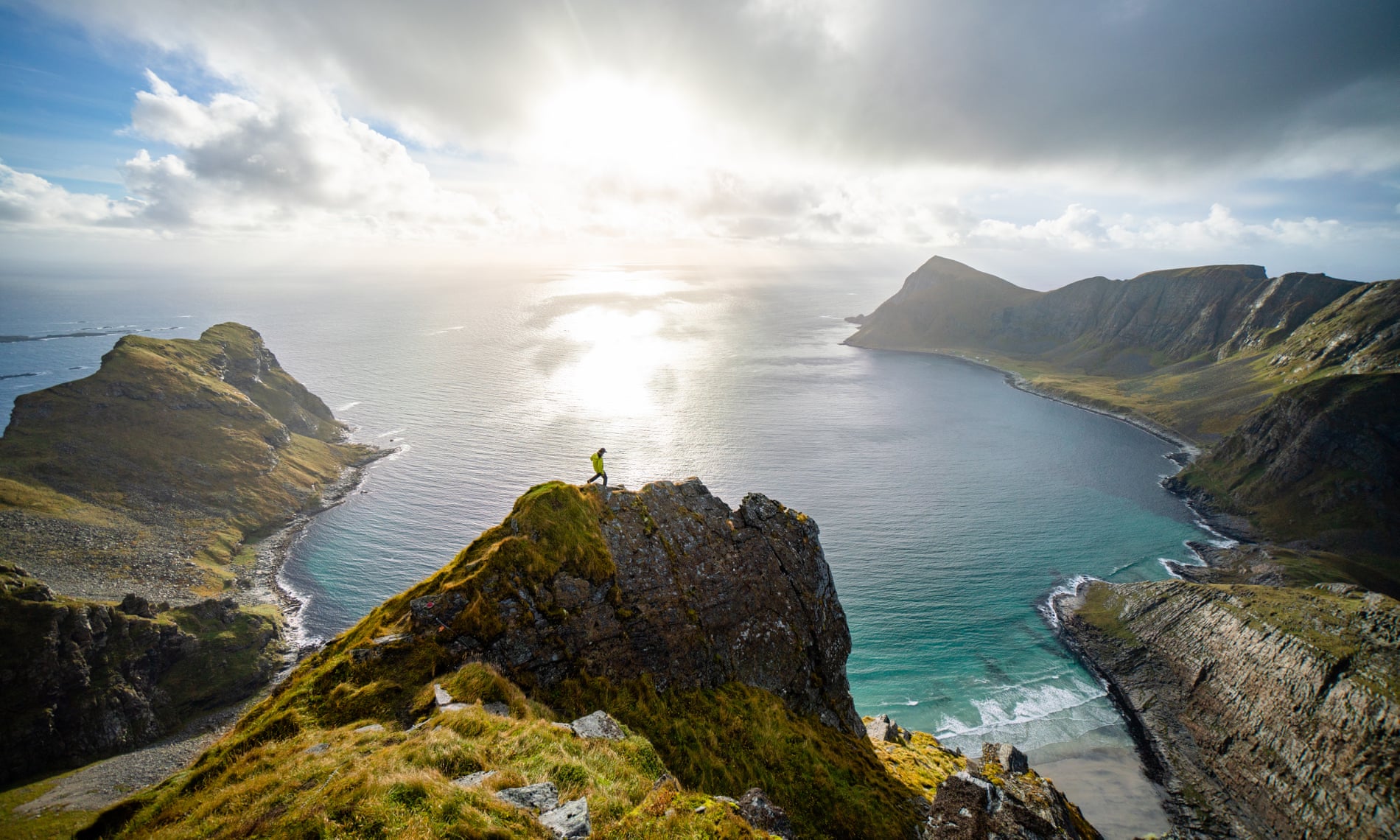

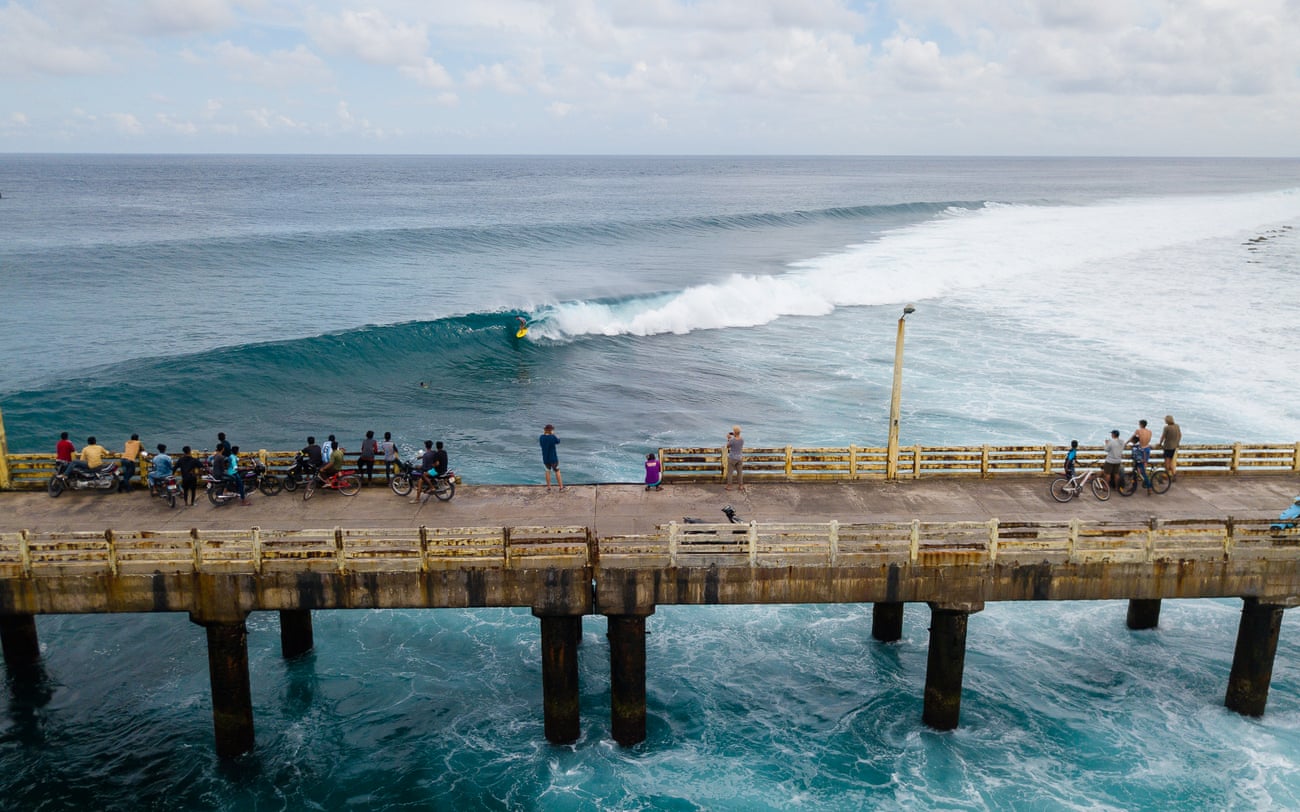
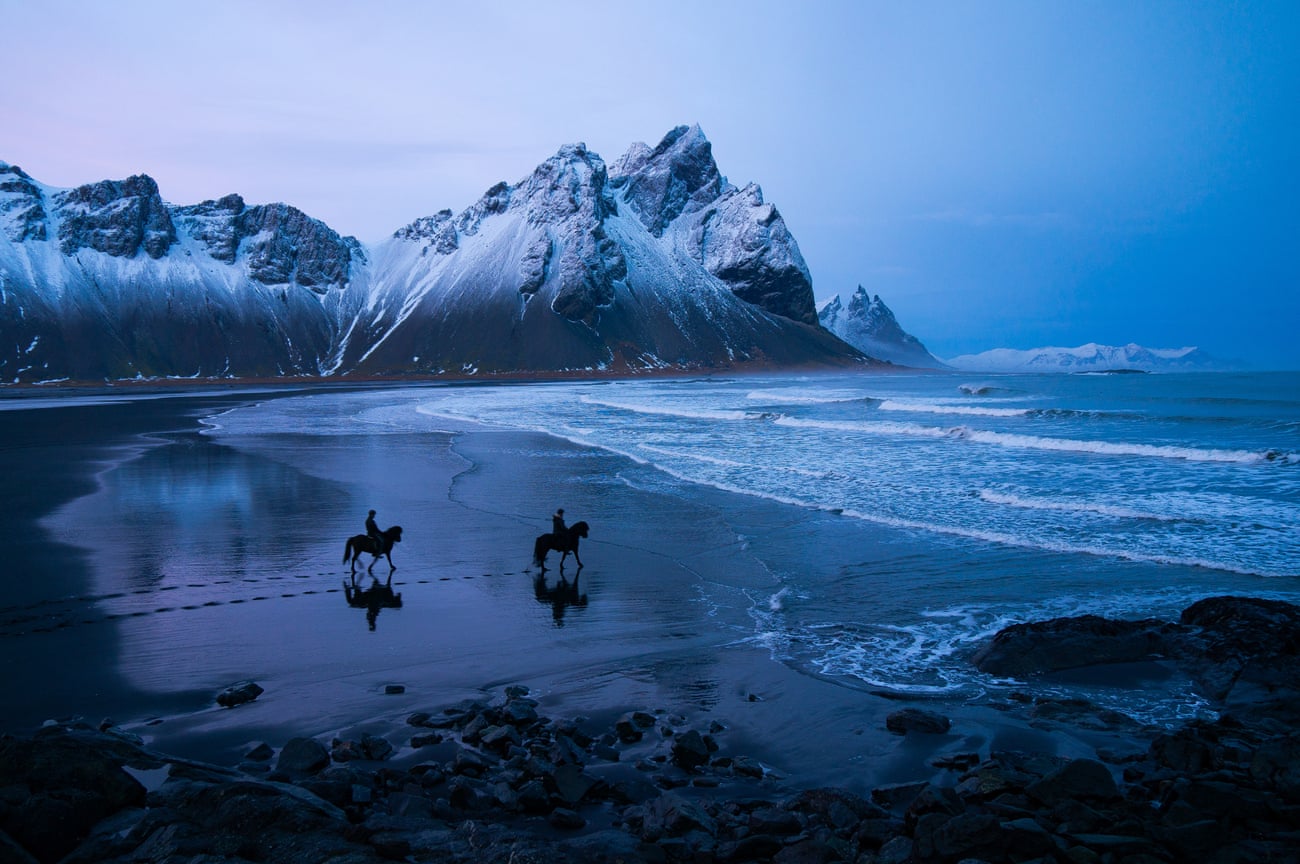


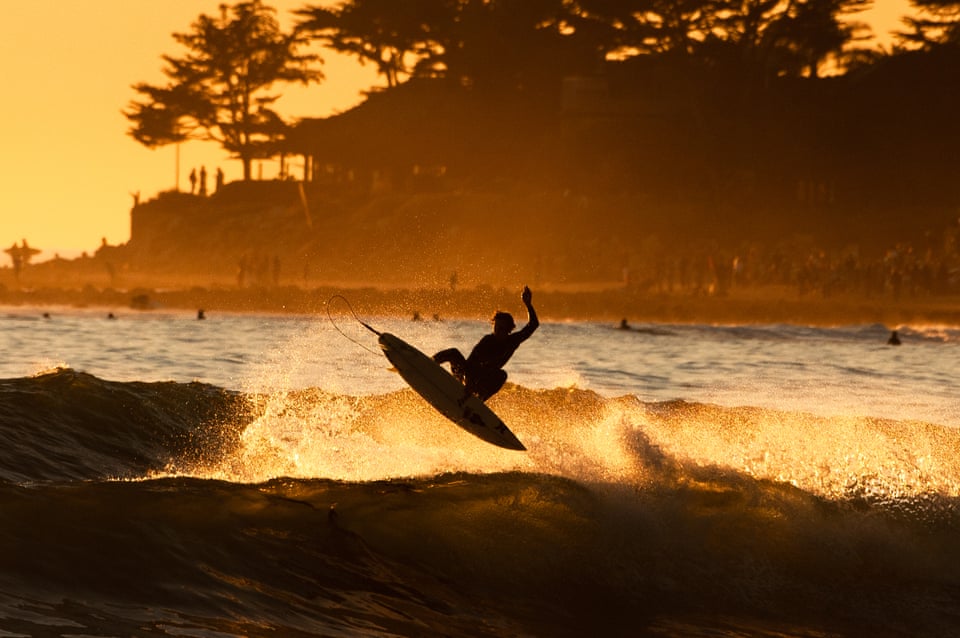
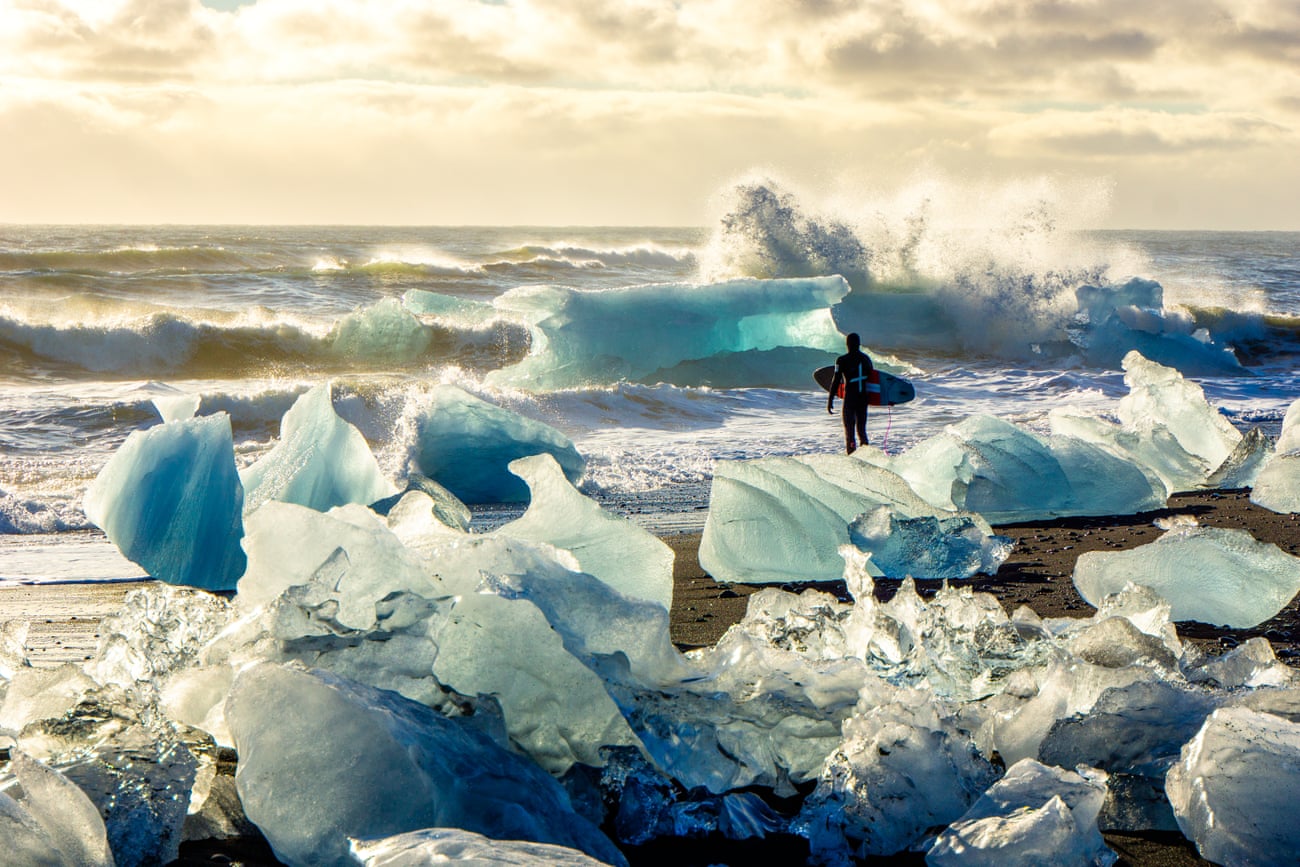
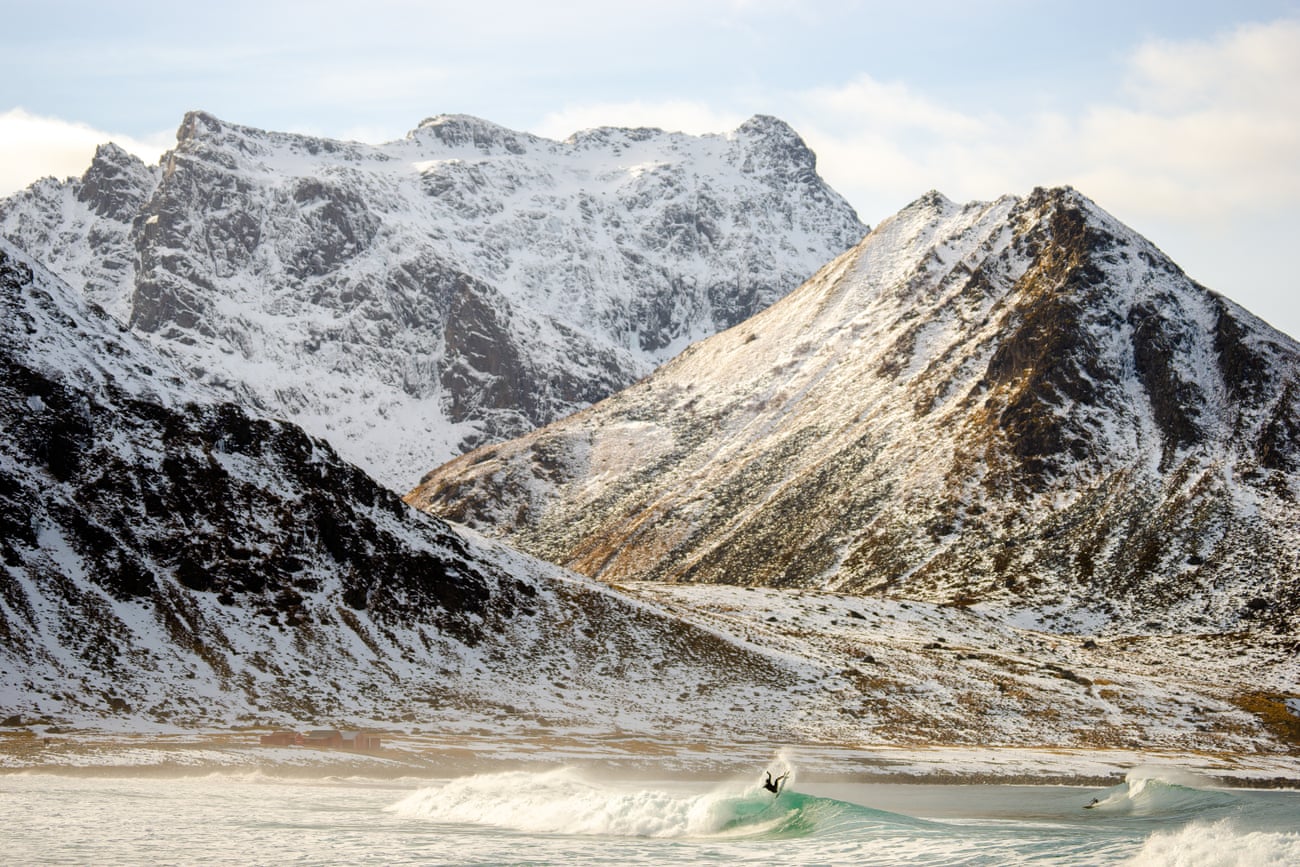
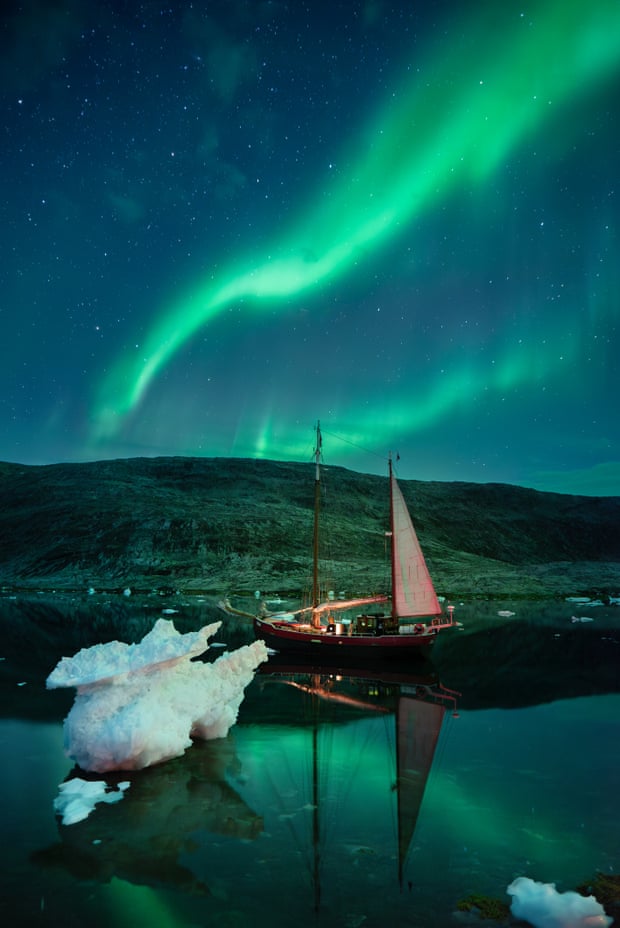
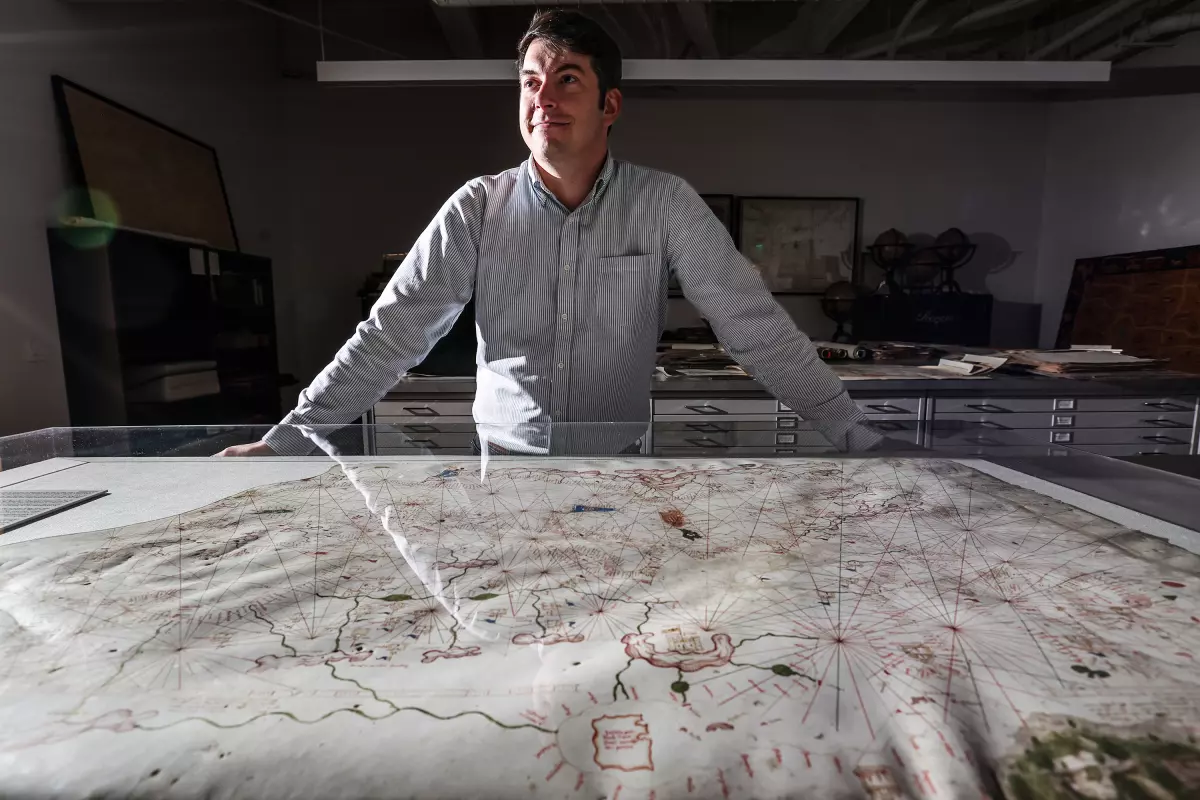
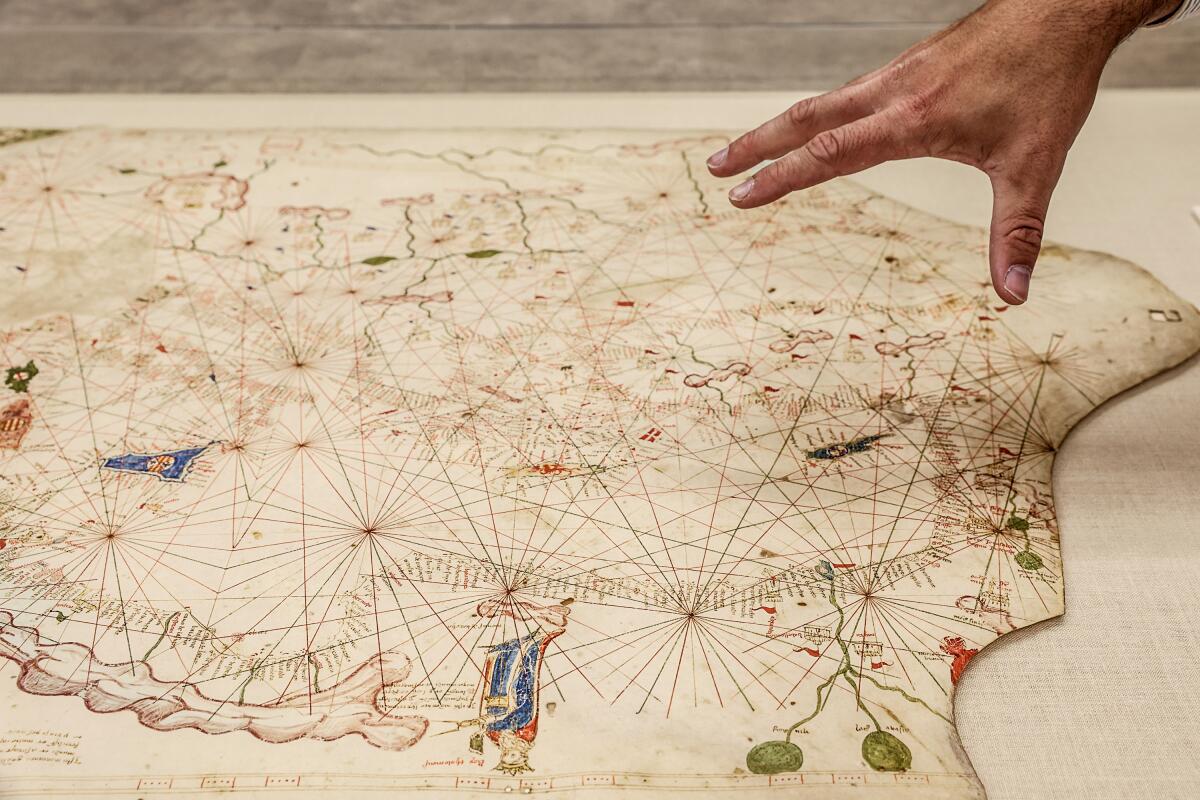

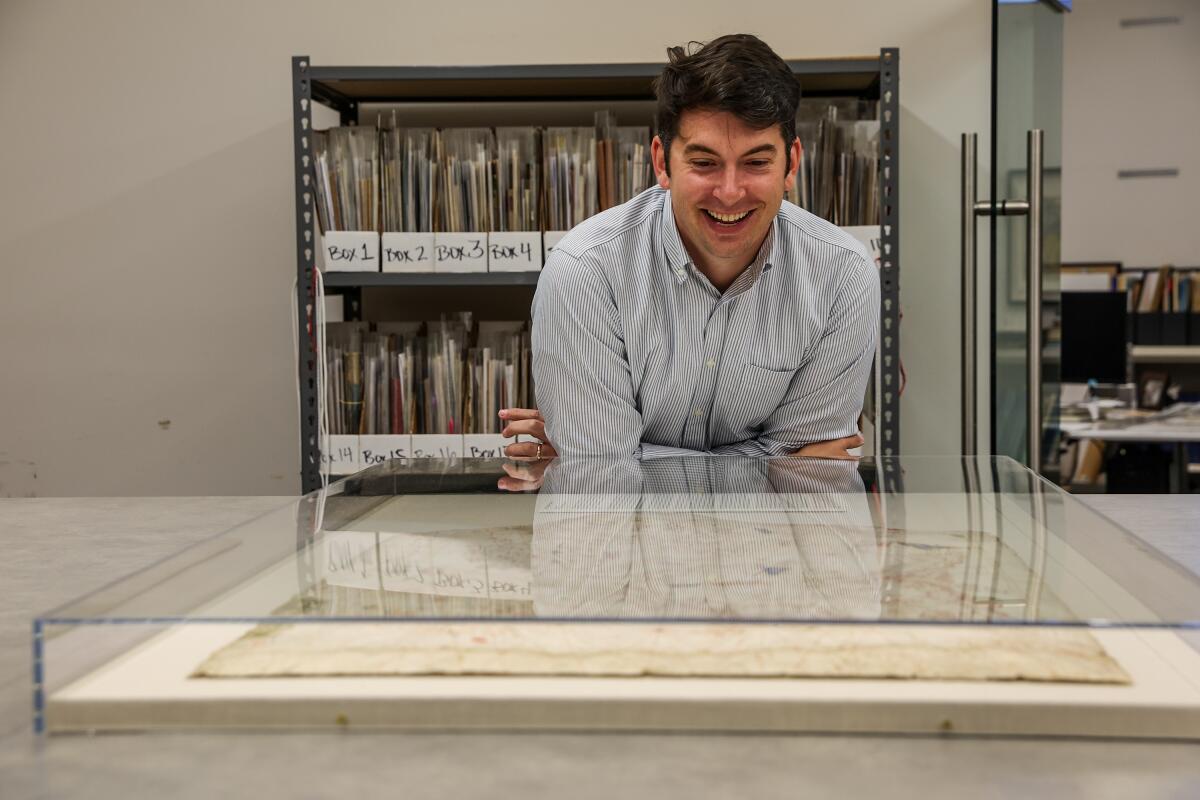
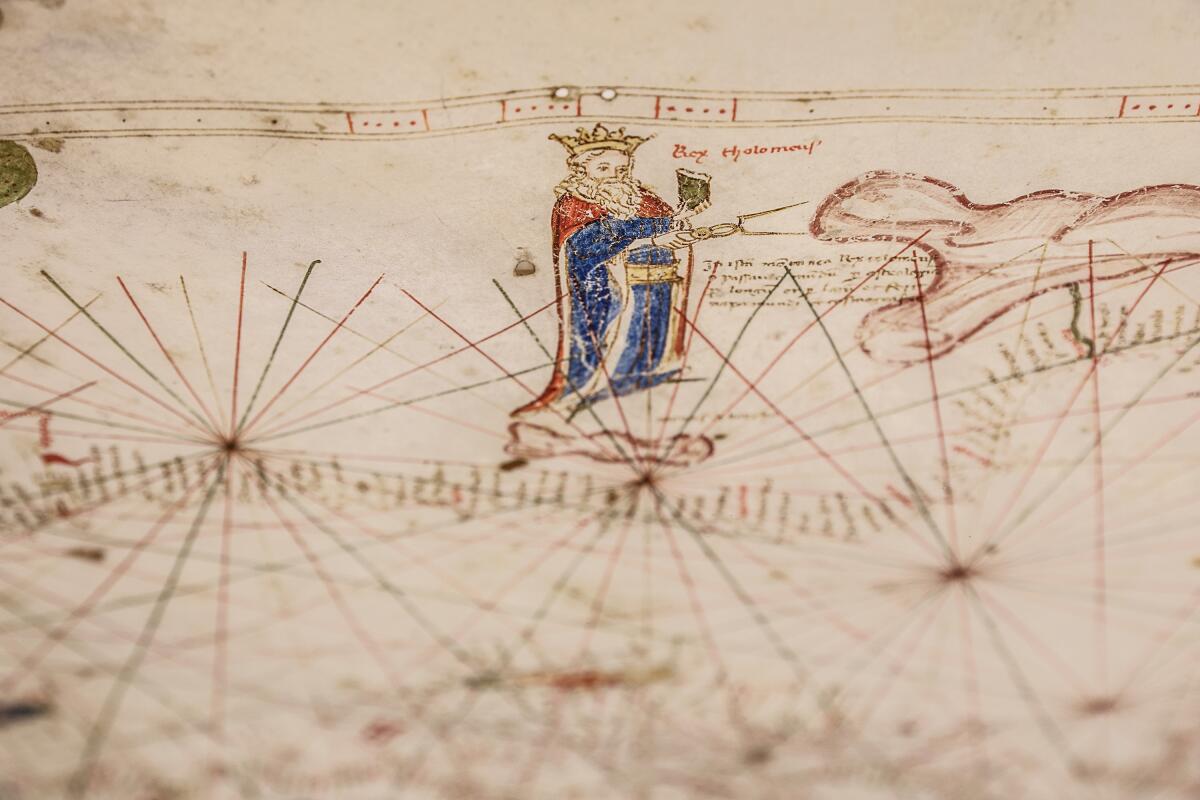

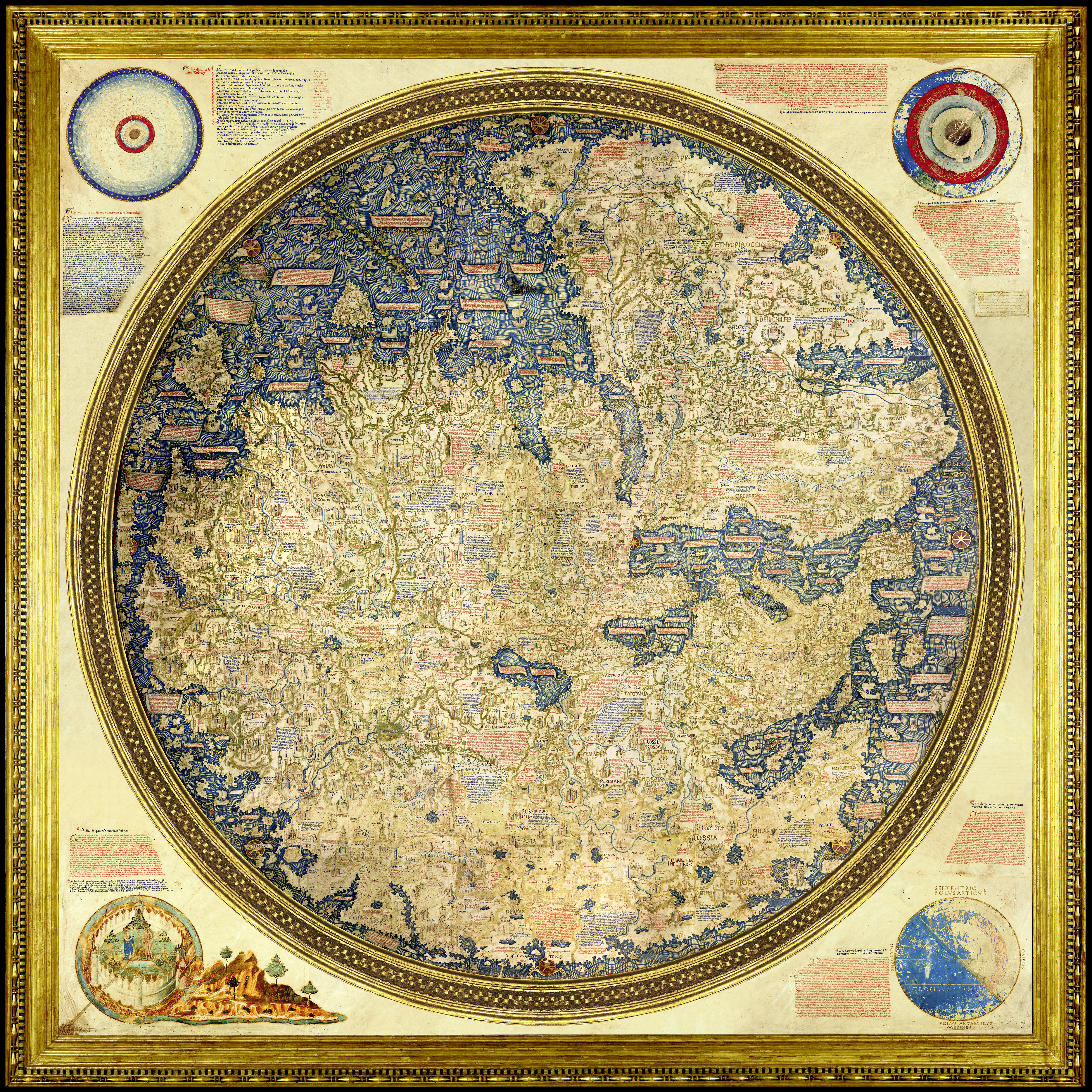
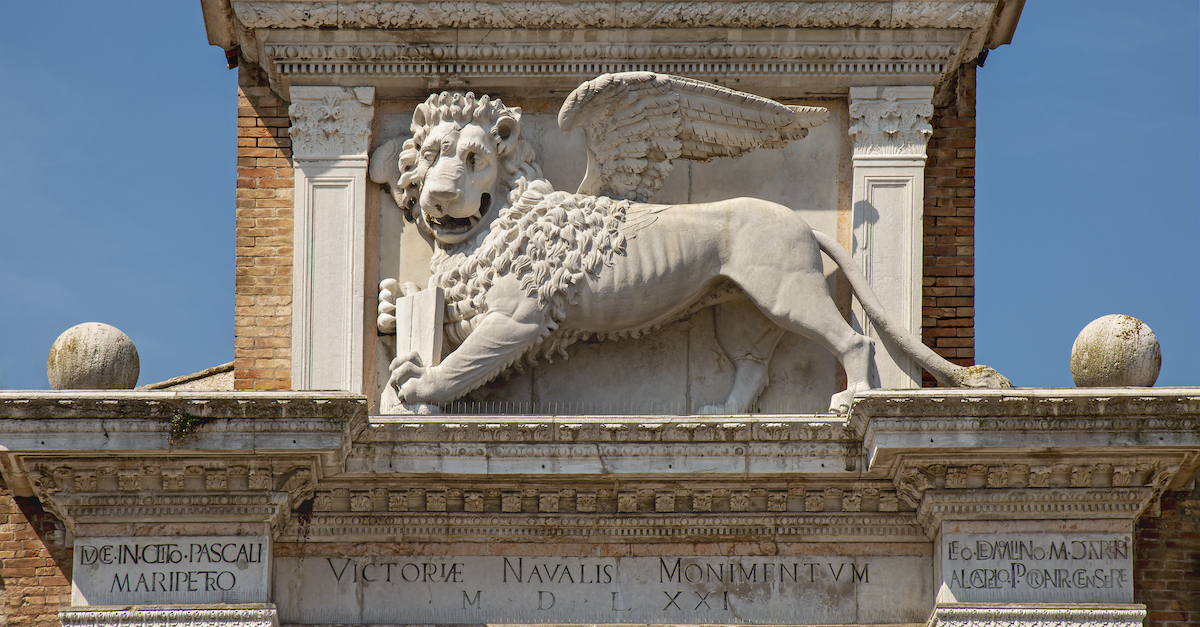
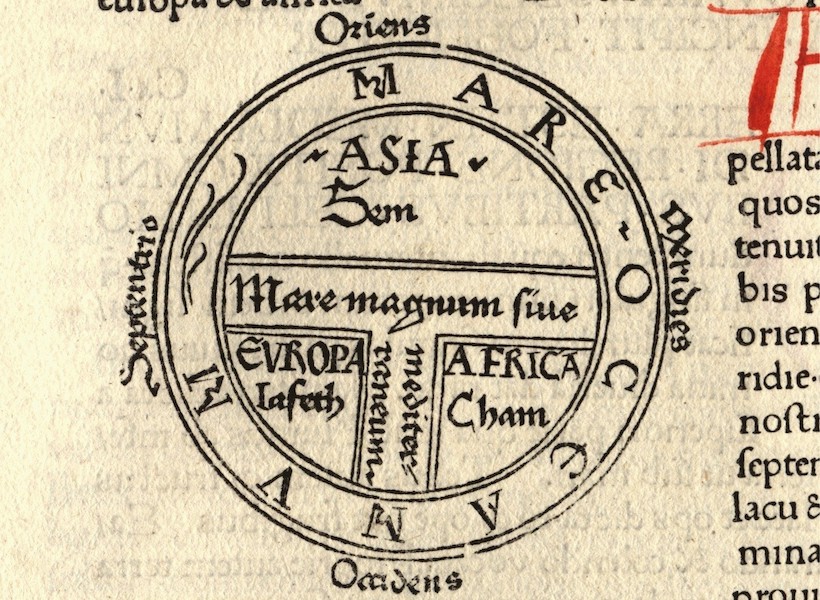
 Wandering albatrosses (Diomedea exulans) may use the inaudible “voice of the sea” to find the best flight paths.
Wandering albatrosses (Diomedea exulans) may use the inaudible “voice of the sea” to find the best flight paths.